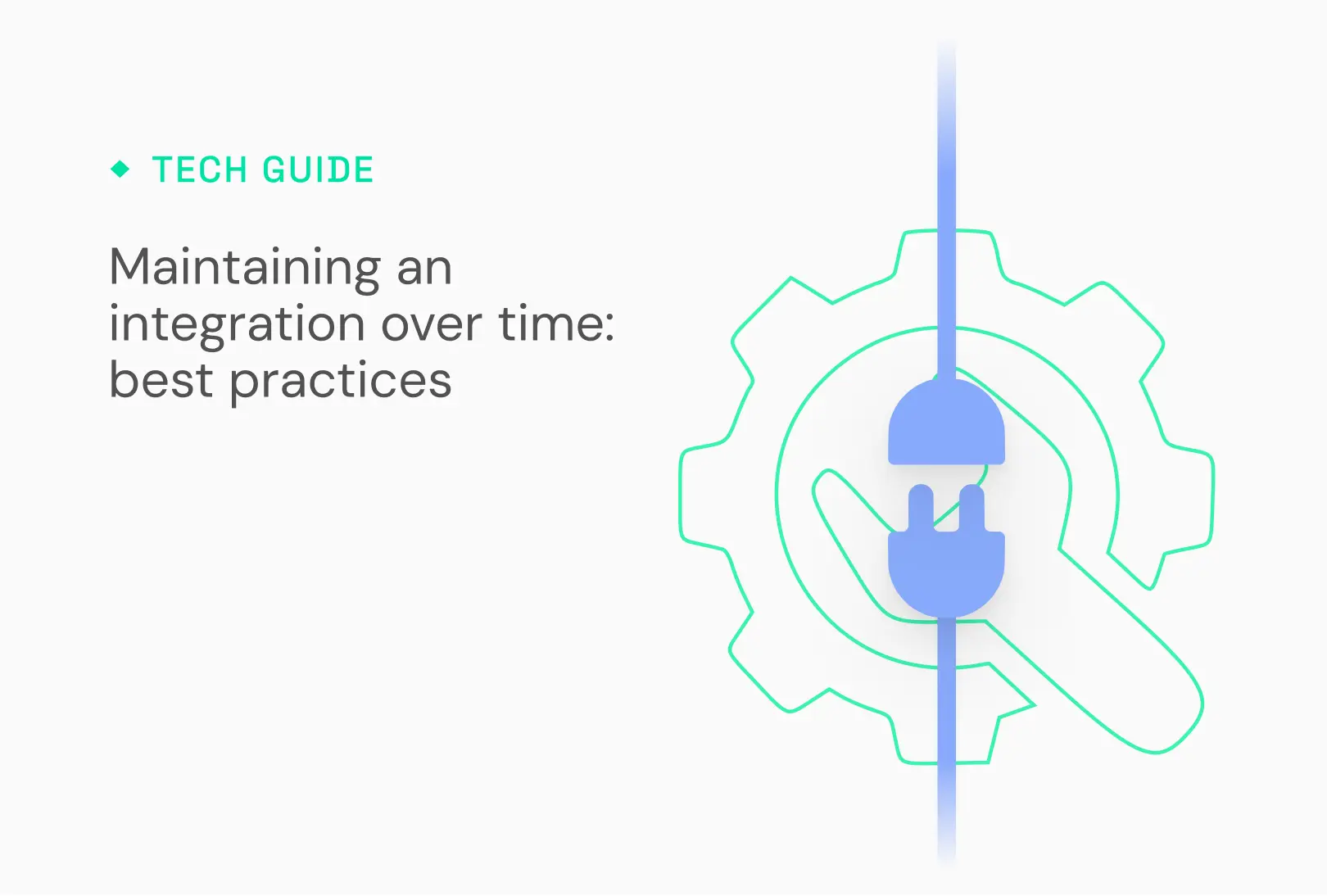A REST API (or RESTful API) is an application programming interface that organizes data exchange between applications, web services, and servers.
For example, when a user makes purchases online, the application queries the site’s API to retrieve product information, check stock, or update the shopping cart. The REST API manages these exchanges between the client (the user’s application) and the server (the computer hosting the site and providing the data) using standard HTTP methods.
REST APIs are widely used, especially for web services, because they are both flexible and scalable.
What Is a REST API?
Definition of a REST API
.jpg)
An API is an interface that allows two applications or software components to communicate and interact. A REST API (short for Representational State Transfer) is a type of API that most often uses the HTTP protocol.
To interact with a REST API, clients send HTTP requests to endpoints. In response, servers provide a representation of the requested resource. This representation is usually formatted in JSON or XML.
The REST API relies on standardized HTTP methods such as GET, POST, PUT, and DELETE to perform operations:
- GET: read or retrieve data
- POST: create new data
- PUT: update existing data
- DELETE: delete data
What are the characteristics of a RESTful API?
A REST architecture is based on six fundamental principles:
- Client-server separation: clients and servers are independent and evolve separately.
- Uniform interface: all clients interact with the server through a standardized interface, regardless of their type or language.
- Stateless: the server does not retain session state between requests; each request must contain all necessary information.
- Layered system: the architecture can include multiple invisible intermediate layers between client and server.
- Caching: responses indicate whether and for how long data can be cached.
- Code on demand: the server can provide executable code to the client.
What are the advantages of REST APIs?
A REST API is one type of API, alongside SOAP or GraphQL APIs. It offers several key advantages:
- Simplicity and lightness: REST APIs rely on standard HTTP methods, making them simple to understand and use. This simplicity explains their widespread popularity.
- Scalability for high volumes of requests: because REST APIs are stateless, servers can handle many simultaneous requests efficiently.
- Flexibility for integration: virtually every programming language can send HTTP requests to a REST API, and JSON (commonly used in REST) is widely supported.
How does Chift simplify REST API integrations (but also GraphQL and on-premise)?
Chift offers a turnkey solution to simplify the development and maintenance of integrations with all types of APIs: REST, GraphQL, and even on-premise software without APIs, thanks to a local agent. We take a tech-agnostic approach — what matters most is giving our clients access to the data they need, regardless of the underlying technology.
💡 Our unified APIs are built in REST and act like a power strip: with a single integration to Chift, a software product can connect to dozens of financial tools (accounting, invoicing, cash flow...).
This drastically reduces the time and resources needed to build and maintain integrations with third-party software. We handle ongoing maintenance of the connectors, even as partner APIs evolve. Clear documentation, responsive support, and a monitoring dashboard make life easier for tech teams.
API integration with Chift: real-world use sases
Cash flow management
Agicap uses Chift’s Unified Accounting API to import invoices from its clients’ accounting software.
Thanks to these integrations, Agicap centralizes all its users’ financial data in one platform, giving them clear visibility to effectively manage their cash flow. Users can also send data back from Agicap to their accounting software, simplifying the preparation of accounting documents.
Automated invoicing
Axonaut relies on Chift to automate the export of financial data from its platform to Pennylane.
This connection with accounting tools eliminates tedious manual work and significantly reduces errors in accounting entries.
Payment reconciliation
Mollie, an online payment solution, uses Chift’s Pennylane connector to let its clients match their transactions with their accounting records.
This connection enables users to reconcile recorded transactions with corresponding accounting data, simplifying bookkeeping.
Credit eligibility assessment
Defacto, a B2B financing platform, uses Chift’s Unified APIs to retrieve clients’ financial data and generate a credit eligibility status in just 30 seconds.
Key takeaways
- A REST API is an interface that enables applications to communicate using standard HTTP methods.
- REST APIs are simple to use and capable of handling large volumes of simultaneous requests.
- Chift simplifies REST API integration through its Unified APIs.



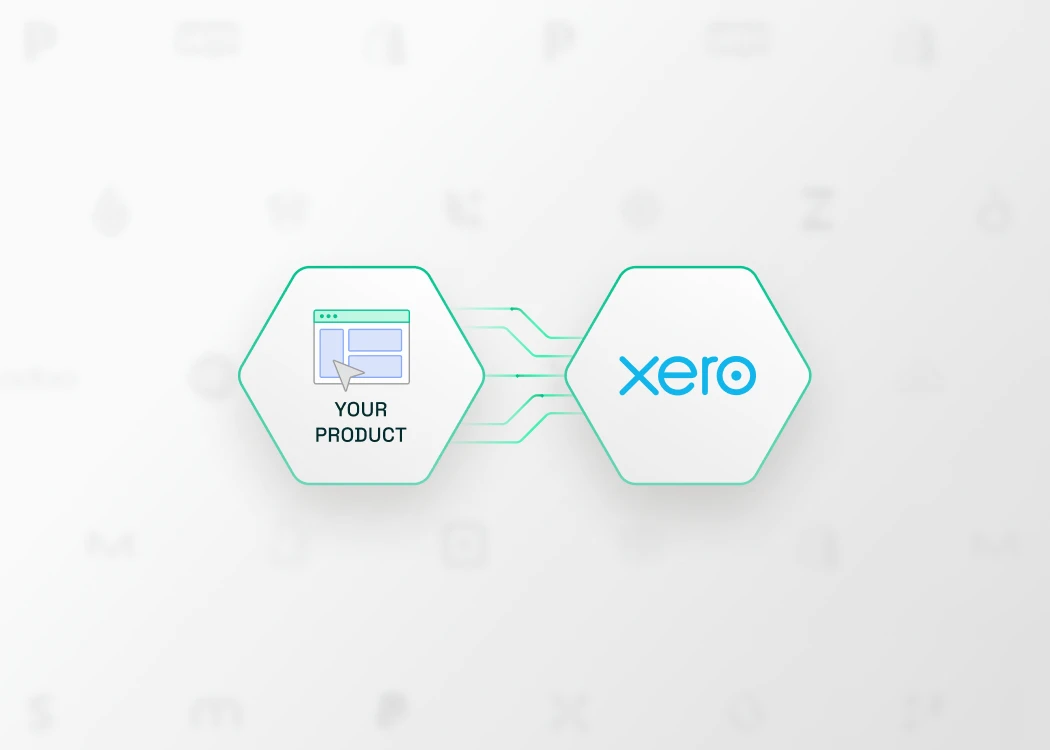



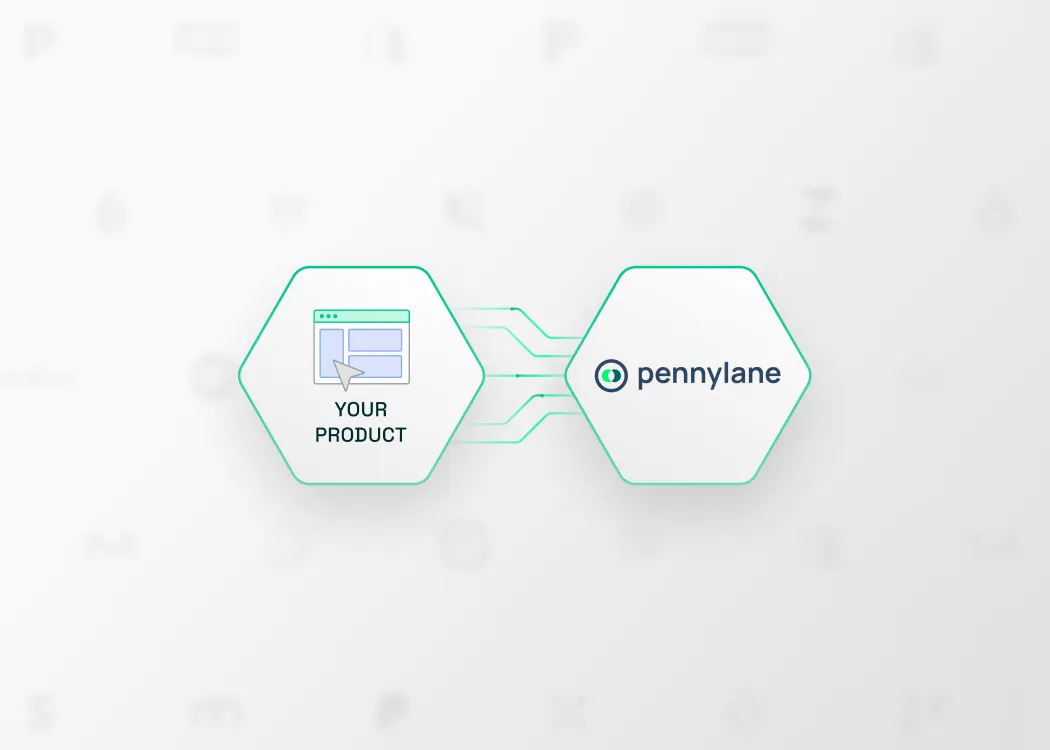
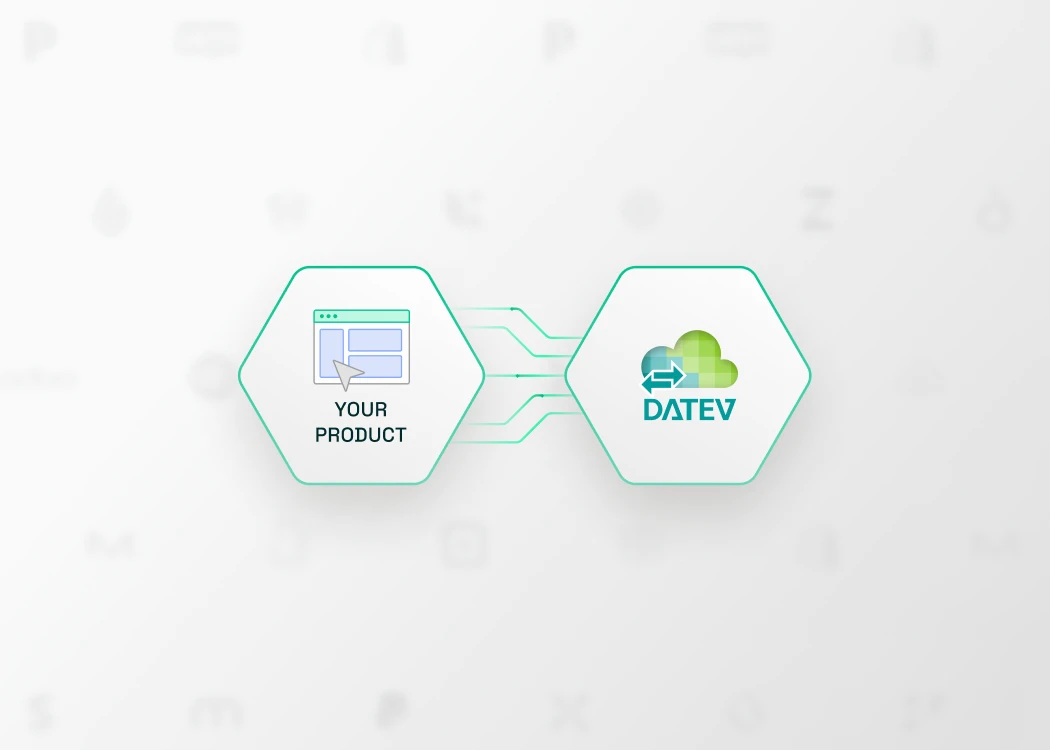
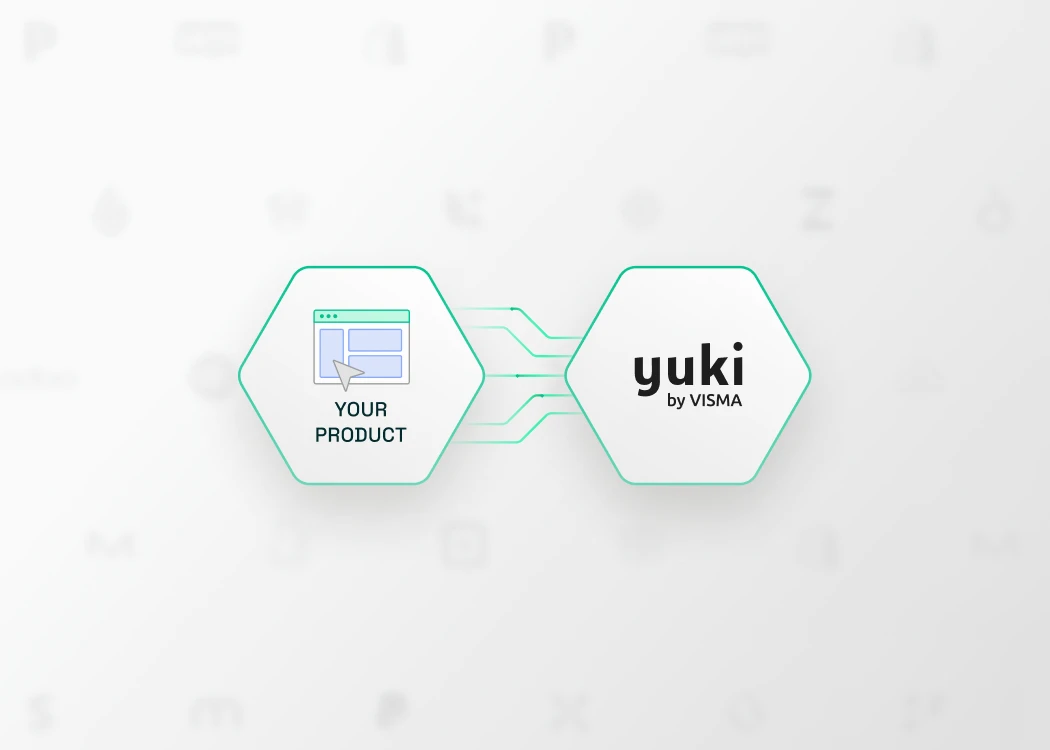




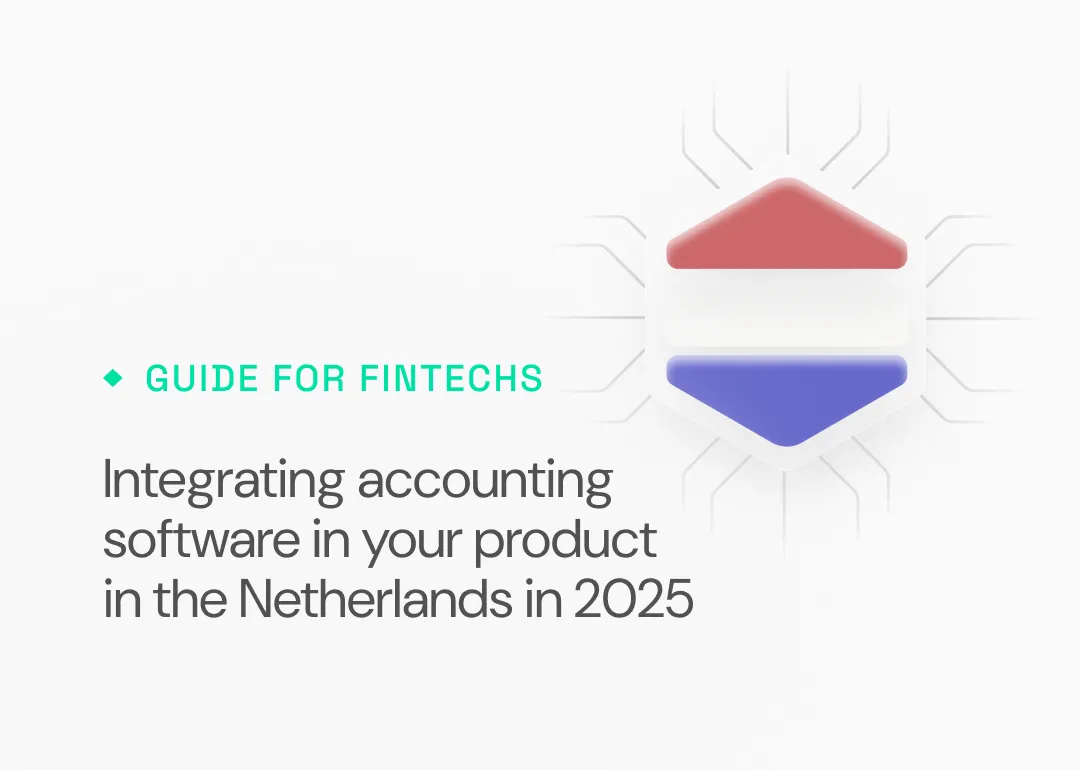




.avif)
